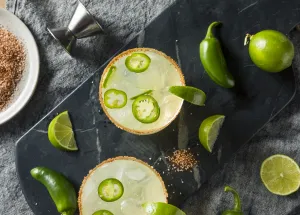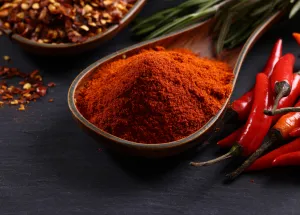
Growing Pepper Plants
Homegrown Peppers
Growing Peppers
From sweet peppers for snacking to hot peppers that will nearly set your mouth on fire, there's a pepper for every taste. Peppers are one of the easiest vegetables to grow in the garden or a pot. Plant peppers in spring or early summer and place them in an area that receives at least 6 to 8 hours of sun.
Homegrown peppers are more flavorful than peppers from the market and are loaded with key nutrients. They're low in calories and a great source of vitamins A and C, potassium, folic acid and fiber. Plus, they'll liven up homemade meals and even drinks.
Homegrown peppers are more flavorful than peppers from the market and are loaded with key nutrients. They're low in calories and a great source of vitamins A and C, potassium, folic acid and fiber. Plus, they'll liven up homemade meals and even drinks.
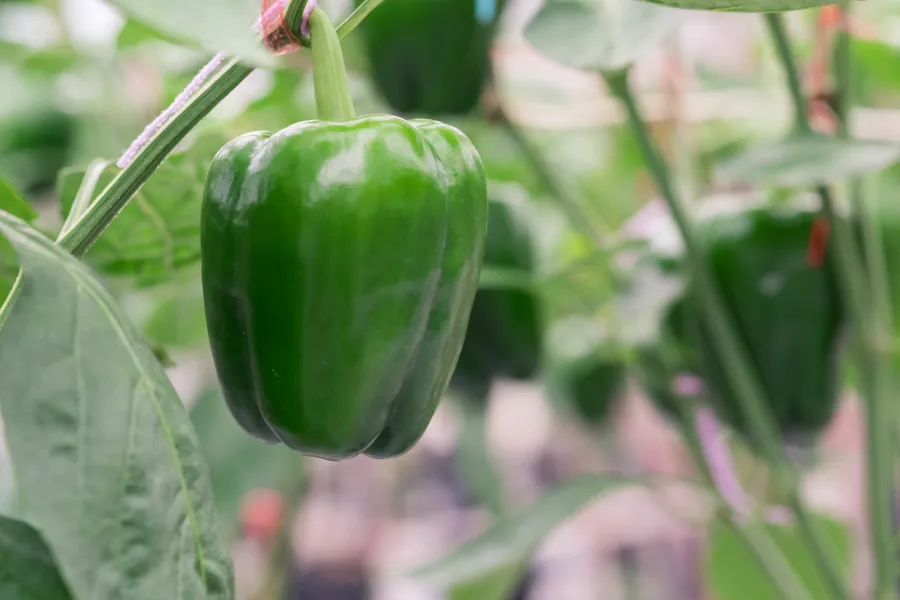
Bell Peppers
Bell peppers are a fantastic option for your garden planter, as they thrive in small spaces and produce a bountiful harvest. Their colorful, crunchy fruits are not only tasty when enjoyed fresh, but they also encourage healthy snacking, adding both nutrition and ease to your garden's bounty.
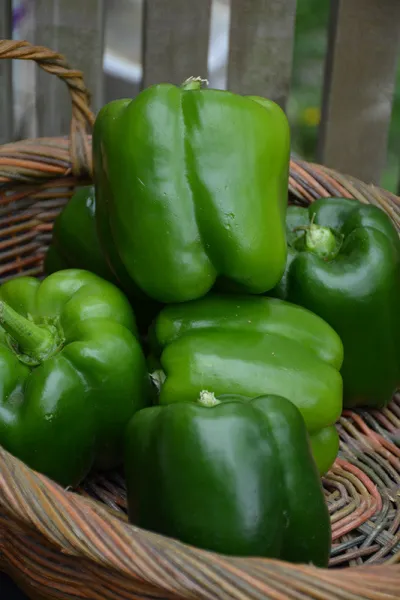
California Wonder Sweet Pepper
$5.99 - $10.99
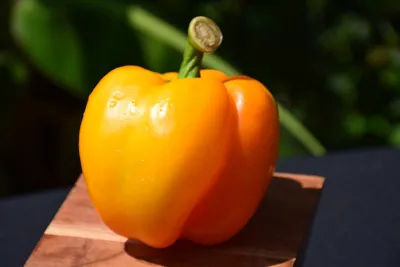
Golden Bell Peppers
$5.99 - $6.49
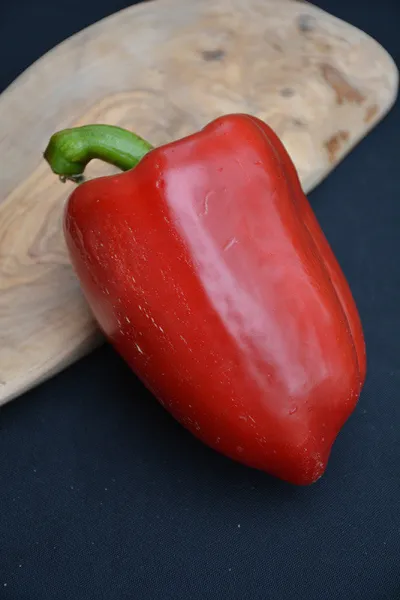
Red Beauty Pepper
$5.99 - $24.99
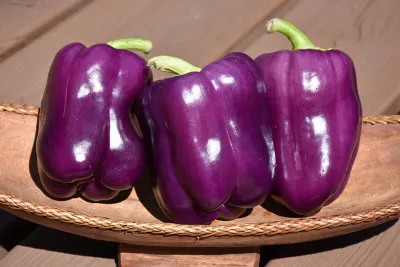
Purple Beauty Bell Pepper
$5.99 - $6.99
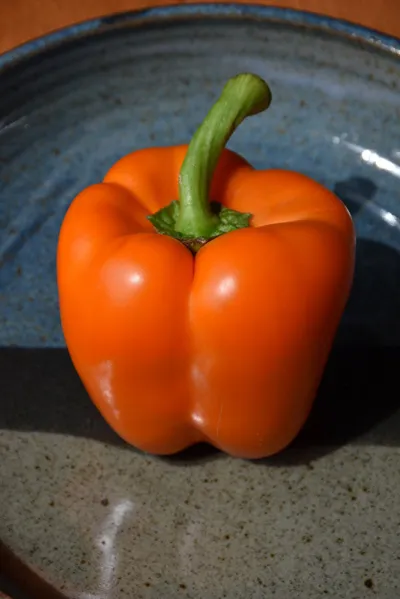
Gourmet Orange Bell Pepper
$6.49
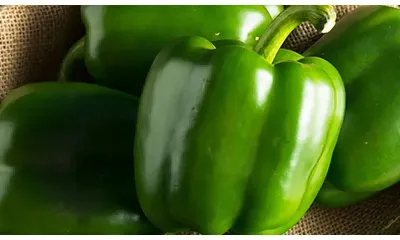
Better Belle Pepper
$5.99 - $24.99
Mild Chili Peppers
Mild chili peppers are a wonderful addition to your vegetable garden. They're easy to grow and can enhance a variety of dishes. Plus, their vibrant colors will bring a cheerful touch to your garden space!
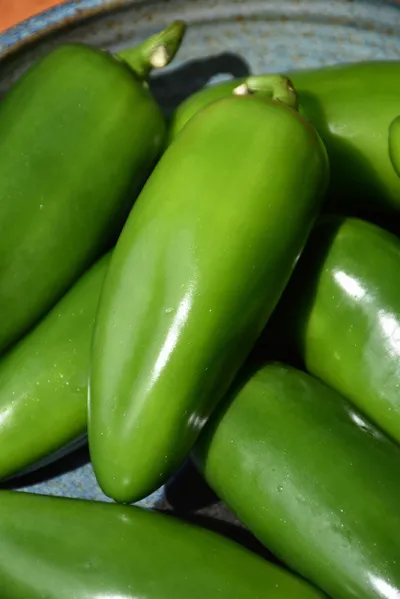
Jalapeno Pepper
$5.99 - $24.99
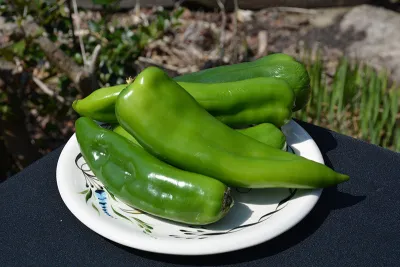
Anaheim Pepper
$5.99 - $6.99
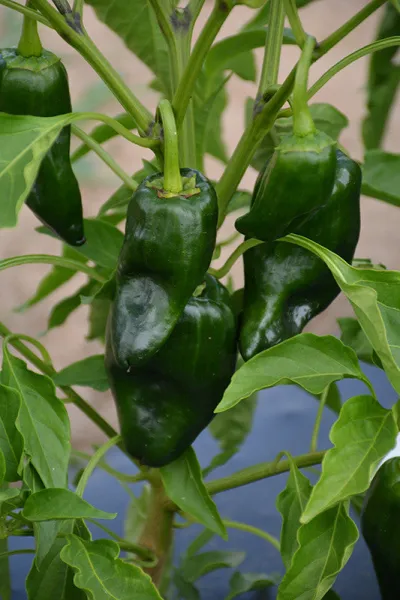
Poblano Chili Pepper
$6.49
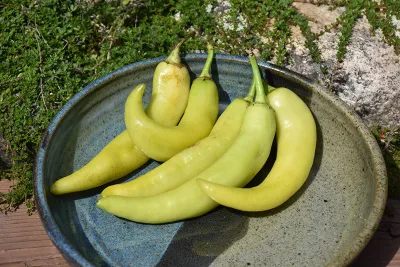
Banana Sweet Pepper
$5.99 - $10.99
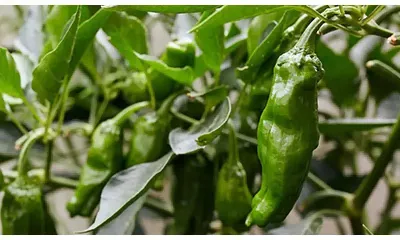
Shishito Pepper
$5.99
Spicy Chili Peppers
Spicy chili peppers can add some heat and excitement to your vegetable garden. They're simple to grow and perfect for spicing up your favorite dishes. Not to mention, their bold colors will make your garden look extra lively and fun!
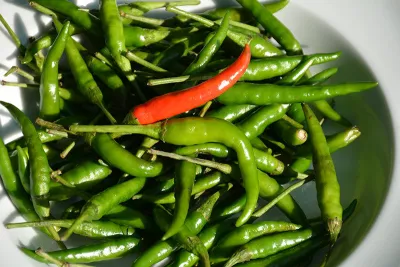
Chili Thai Pepper
$5.99 - $10.99
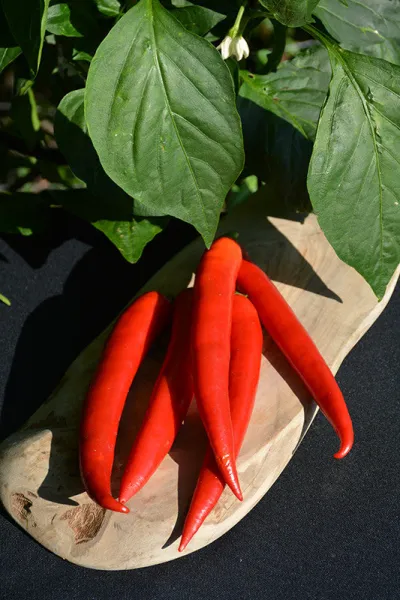
Super Chili Pepper
$5.99 - $6.49
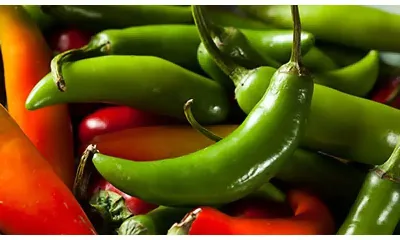
Serrano Hot Pepper
$5.99 - $10.99
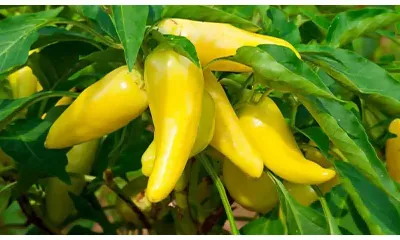
Hungarian Hot Wax Pepper
$5.99 - $10.99
Very Spicy Chilis
Super spicy chili peppers are a bold addition to your vegetable garden. They're easy to grow and will bring some serious heat to your meals. Plus, their fiery colors will give your garden an exciting and intense vibe!
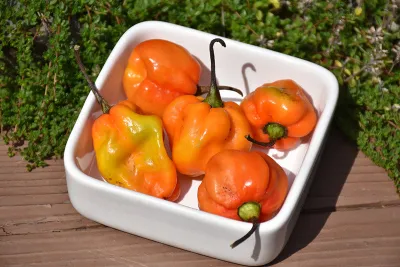
Habanero Orange Pepper
$5.99 - $10.99
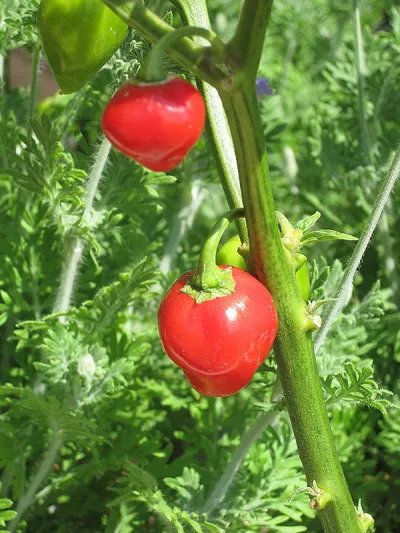
Caribbean Red Pepper
$5.99 - $6.99
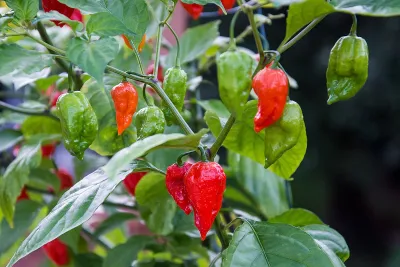
Pepper Ghost Chili Bhut Jolokia
$5.99 - $10.99
Pepper Uses
Peppers are one of the most versatile vegetables with their wide range of flavor from sweet to hot. When choosing pepper plants for your garden think about how you'd like to enjoy them. Decide if you want peppers for salads, to use as a main course as a stuffed pepper, or to add heat to salsa. Below is a guide to the world of peppers in order from sweet to very hot.
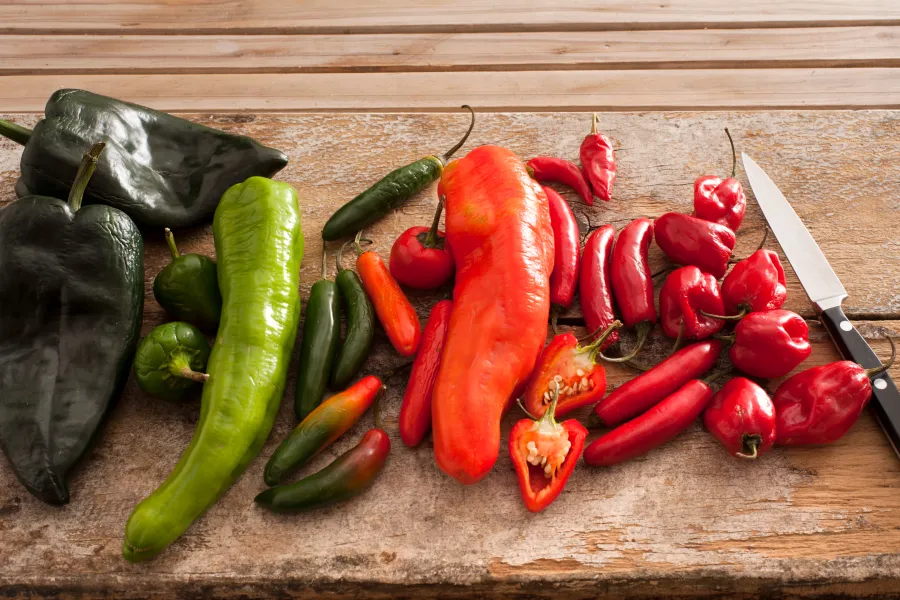
It's going to freeze, what should I do?
Pepper plants like it warm and cannot take a freeze. If the temperature drops into the 30's protect your peppers. First, water the soil well to hydrate the pepper plant and apply a 2-inch layer of mulch to help provide insolation. Around sundown, apply frost cloth and remove in the morning before the sun comes up.
I bought a red/yellow pepper, but it's green.
All peppers start green and will ripen to it's ready-for-harvest color.
Can I plant sweet and hot peppers together?
Absolutely, the hot pepper will not change or affect other peppers or vegetable plants.
I found large green caterpillars, will these hurt my pepper plants?
These are called tomato hornworms and they are heavy eaters. They quickly eat foliage and damage the peppers. It's important that you treat your peppers right away with Bonide BT Thuricide. It's an organic insect spray that controls garden pests while being bird-safe and won't harm beneficial insects.
The new leaves on my pepper are curling.
Look at the underside of the leaves and you'll likely find tiny white, green or yellow bugs. These are aphids and are sometimes so small you can't see them with a human eye. Aphids suck on the foliage and produce waste that looks like a sticky, sugary substance. To get rid of aphids apply all natural Bonide Captain Jack's Deadbug Brew. Aphids can also be prevented or eliminated with beneficial insects like ladybugs.
The leaves on my pepper plants have holes.
If you see many holes, usually the size of an eraser that likely means you have garden slugs. This is more common after a good rain. Apply Sluggo to around your pepper plant.
My pepper plants look sad and drooping.
This is common during hot, summer days and is a sign that your pepper plant needs more water. Water in the morning between 6-9am at the base of the pepper plant. Your plant should perk up quickly.
Are peppers a fruit or a vegetable?
Peppers are a fruit. By definition, fruit has at least one seed and are grown from the flower of the plant.

